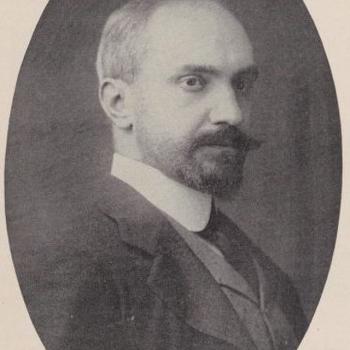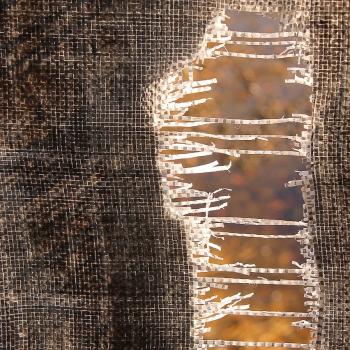I’ve used taking in the good with young people in therapy and also spoken with parents and teachers who have used it with their own children or students. As with an adult, there are four ways to offer the HEAL steps to a child, while naturally adapting them to the child’s age and situation.
First, you can guide a child through the steps of taking in the good without drawing explicit attention to them. You either encourage a positive experience in the first place or if one is already happening, you try to keep it going, sometimes with encouragement to let it sink in. Suppose you’re helping a toddler or preschooler build up a stronger sense inside of being soothed, so that he or she feels better and fusses less. When the child does feel soothed, you can take ten or more seconds to murmur things like “Yes, you’re feeling better . . . it’s nice to feel good . . . Susie feels better . . . you’re feeling good inside.” Or, suppose your sixth grader has been thinking he or she is unpopular. Hearing that your child enjoyed sitting with some other kids at lunch, you could draw him or her out about what felt good about it, not playing therapist or getting into your anxieties about your child’s social issues but being simply an interested listener. As appropriate, offer words for the experiences or mirror back to your child what he or she is saying to help keep attention with the good feelings, and not rush on from them to something else. If it feels right, you might mention that feeling liked could go down into any places inside that have felt bad. You can also use this approach with character qualities you’re encouraging. Suppose you’re trying to help an older child become less possessive about toys with a younger sibling; when a younger brother or sister returns a toy and it’s unbroken, you could help the relief sink in as well as your appreciation of your older child’s generosity.
Second, you could name the four steps but leave it up to the child whether he or she uses them. I find this approach especially helpful with teenagers or other children who place a premium on being independent. Since taking in the good is quick and usually feels good, children like it. It’s straightforward to teach; give examples, and share your own experience with it. You could talk with the child about possible times that he or she could take in the good, such as when another child is nice or when the child succeeds at a task. With children roughly six and older, I find it helpful to say a few words about the brain being like Velcro for the bad but Teflon for the good; the child immediately gets that this is true, and doesn’t want that bad stuff getting stuck to his or her brain. As appropriate, I’ll say that the brain is controlling the child and pushing him or her around—which no child likes—but that the child can take charge of it if he or she wants to.
Third, you could draw children through the steps in an explicit way. Much as we teach children to read, we can teach inner skills of emotional intelligence, including taking in the good. If we value inner skills—which have great benefit over the life span—then we can ask children to learn them much as we can ask them to learn the multiplication table. For example, putting a child to bed, you could take a minute or more to review the day or think about good things in order for the child to have a good experience. Perhaps your son or daughter learned something new or played well in soccer, or perhaps your child knows that a grandmother loves him or her. Once the positive experience is activated, you could suggest that your child enrich it by letting it become big and strong, and absorb it like putting a jewel in the treasure chest of the heart. You might also suggest that your child link this good experience with any sadness or hurt inside, so that the good feelings gradually replace any bad ones, like flowers pushing out weeds. In a classroom, you could use a minute at the beginning of the day to go through the first three steps of taking in the good in order to encourage children to find some excitement about learning new things and then to take this in, or use another minute at the end of the day to feel and take in a sense of accomplishment.
Fourth, you could ask children to use the HEAL steps on their own, perhaps in certain situations, such as when other kids are nice or when a task is done successfully. Then follow up as appropriate. After a recess in school or at the end of the day at home, you could ask a child if he or she has taken in the good. If the child has, you could ask how it felt; if the child hasn’t, you could explore why not. Of course, kids don’t like being interrogated any more than adults do, and a little gentle inquiry goes a long way.
Overall, an easygoing and matter-of-fact approach works best. Children often do these steps faster than adults, so five or ten seconds at a time could be plenty. Young people feel things keenly but often don’t have words for their experiences, so asking a child to describe them could put the child on the spot and turn him or her off to taking in the good. It’s fine to gently offer words yourself for what the child may be feeling. If you have an idea about the key experiences that a child needs— such as feeling successful at something, anything, to overcome a sense of failure and inadequacy in school—then you can look for natural opportunities for the child to take in these experiences. Take a look at My Book Hardwiring Happiness for potential “antidote experiences” that might help your child the most.
* Adapted from Hardwiring Happiness: The New Brain Science of Contentment, Calm, and Confidence
The post Hardwiring Our Children’s Happiness appeared first on Dr. Rick Hanson.















